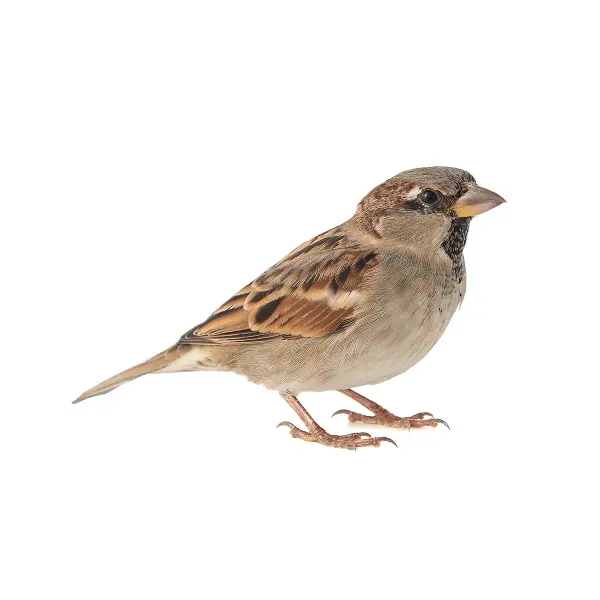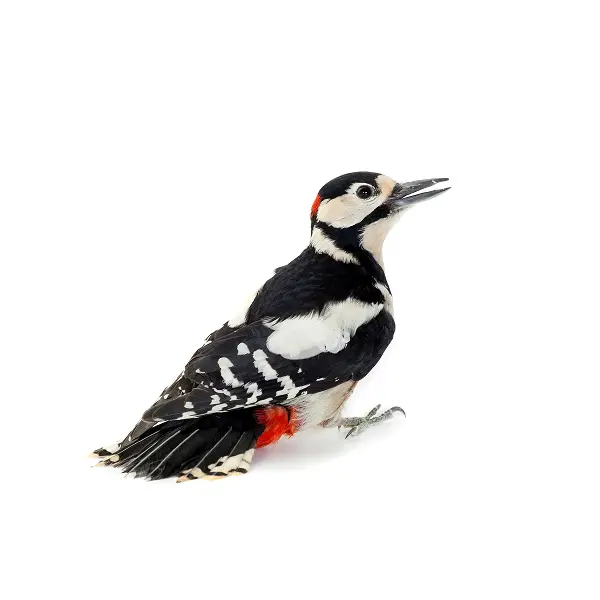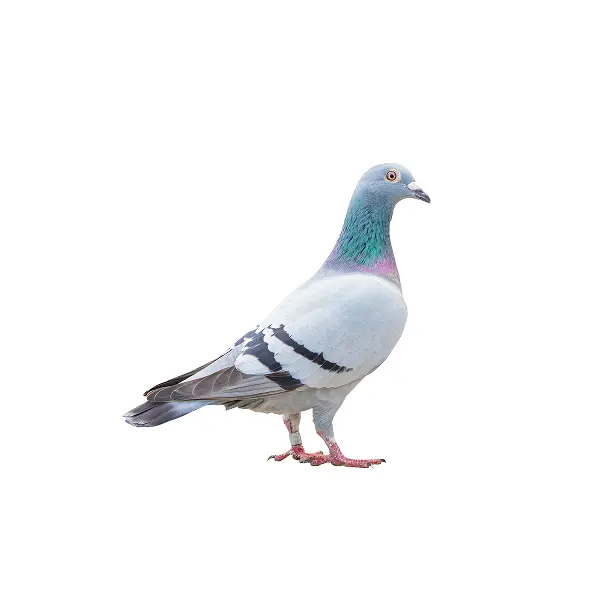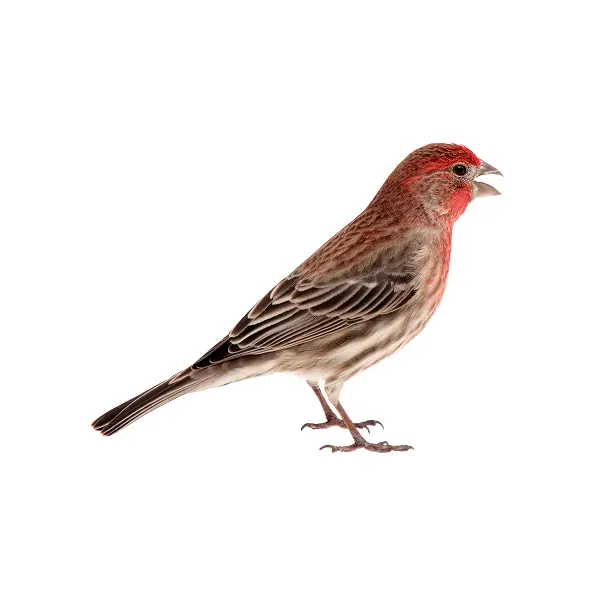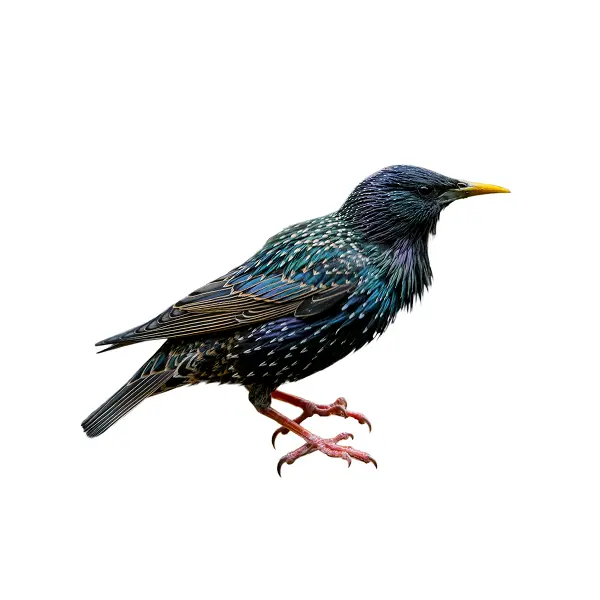House Sparrow Identification
What Do House Sparrows Look Like?
House Sparrows are compact, stout birds with rounded heads and short beaks. Males are identifiable by their gray crowns, chestnut-brown backs, and distinct black throats. Females display subtle coloring, featuring brown feathers and a softer, less defined facial pattern. Both males and females have noticeable streaking along their wings and tails.
Signs of a House Sparrow Infestation
House sparrows may be small, but they can cause significant problems. Both the birds and their droppings are known to carry pathogens that pose health risks to humans. As highly adaptable and aggressive birds, sparrows thrive in both urban and rural environments. If a large population forms, they often displace native bird species from their nests. They build untidy nests and frequently rely on human-provided food sources and shelter. House sparrows have also been linked to the spread of more than 25 diseases affecting humans, pets, and livestock.
Habitat, Diet, Life Cycle & Impact
Where Do House Sparrows Live?
House sparrows are particularly drawn to man-made structures, as they provide ample sheltered spots for nesting, along with easy access to food sources. These birds construct their nests using twigs, grass, paper, string, and other debris, placing them in gutters, vents, soffits, lamp posts, rafters, ledges, or nearly any elevated, protected location. Their nests frequently become breeding grounds for insects and parasites, which can migrate into nearby buildings. In some cases, sparrow nests can also pose fire hazards due to the accumulation of flammable nesting materials.
Diet of a House Sparrow
House sparrows have an adaptable diet, feeding mainly on seeds, grains, and insects. They typically forage along the ground, collecting seeds and small insects, and are frequent visitors to bird feeders in search of grains. During the breeding season, they increase their intake of protein-rich insects to nourish their young. In urban areas, house sparrows are also known to scavenge for human food scraps, taking advantage of any available food sources.
Life Cycle of a House Sparrow
The life cycle of a house sparrow starts in late winter to early spring, when males perform songs and aerial displays to attract a mate. Once paired, the female lays a clutch of 4 to 6 eggs in a nest. The eggs incubate for approximately 10 to 14 days, and both parents assist in feeding the chicks. Young sparrows typically fledge within 14 to 16 days of hatching. House sparrows are able to produce multiple broods each breeding season, as nesting activity continues from spring through summer.
Impact of House Sparrows
Sparrows are known for packing their nesting materials into small gaps, typically ranging from 1 to 3 inches wide. Common nesting spots include building frameworks, sign lettering, corrugated overhangs, and even dryer vents. Around homes, their nests frequently clog gutters and drainage pipes, leading to water backups and potential property damage. Nests built in chimneys or ventilation systems can obstruct airflow and may facilitate the spread of disease through the system. Additionally, sparrows often dominate bird feeders and birdbaths, aggressively driving away other songbird species like bluebirds. If sparrows become a persistent issue on your property, it’s best to consult a bird control professional.
Are House Sparrows Aggressive?
House sparrows often display aggressive behavior toward other bird species when competing for nesting spots, food sources, or territory. They are known to drive smaller birds away from feeders or nesting areas, and disputes between males are common during the breeding season. While direct aggression toward humans is rare, these birds can become bold and assertive, particularly in urban settings where they become accustomed to humans.
House Sparrow Prevention Tips
Try these strategies to deter House Sparrows:
- Food sources: Opt for bird feeders specifically designed to limit access for larger birds like house sparrows, or use styles that favor smaller bird species.
- Nesting areas: Close off gaps, vents, and crevices in buildings, eaves, and other structures to reduce potential nesting sites.
- Scare tactics: Incorporate visual or sound-based deterrents, such as predator decoys, reflective materials, or ultrasonic devices, to discourage sparrows from settling or roosting nearby.
- Maintenance: Regularly clean up spilled seeds and food debris to reduce attractants, and remove nests promptly if they appear in undesirable locations.
Don’t wait until an infestation spreads, contact Action Pest Control if you suspect House Sparrows are nearing your property.
